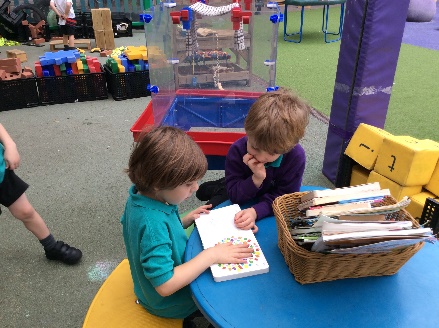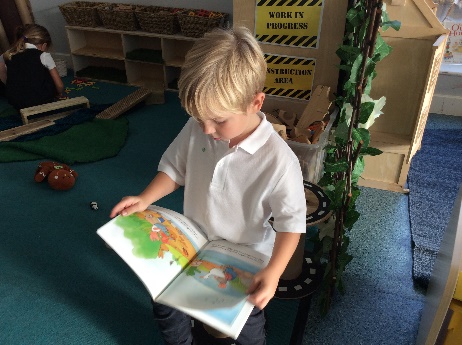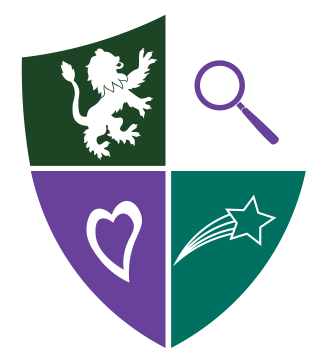- Home
- Learning
- Our Curriculum
- How we deliver the National Curriculum at FPS
- Early Years
- Phonics In Early Years
Phonics In Early Years
At Fulbourn Primary School we believe that for all our children to develop as proficient and passionate readers, becoming fluent early decoders is a priority. We achieve this through the effective teaching of systematic and structured phonics programme.
Phonics is a method of teaching reading and writing by developing children's ability to hear, identify, and manipulate the sounds of spoken language. It involves teaching the relationships between letters and sounds. Phonics teaching involves:
- Sound Recognition: Learning the sounds associated with each letter of the alphabet.
- Blending: Combining individual sounds to form words.
- Segmenting: Breaking down words into individual sounds.
- Decoding: To break down (‘sound out’) a written word into sounds, then blend the sounds together to read the word.
- Encoding: Using knowledge of sounds to write words.
We use the Little Wandle Letters and Sounds scheme to plan and provide daily engaging phonics lessons. In phonics, we teach children that the letters of the alphabet represent a different sound, that these can be used in a variety of combinations and are put together to make words. The children learn to recognise all the different sounds and combinations that they might see when they are reading or writing. Our phonics teaching starts in reception and follows a very specific sequence that allows our children to build on their previous phonic knowledge and master specific phonic strategies as they move through school. As a result, all our children are able to tackle any unfamiliar words that they might discover. At Fulbourn we also model these strategies through shared reading and writing both inside and outside the phonics lesson and across the curriculum. Dialogic practice underpins our approach to all learning because we know that speaking and listening are crucial skills for reading and writing in all subjects.


Terminology
Phoneme: The smallest unit of sound that can be identified in words. We also use the term ‘sound’ but your child may use the word ‘phoneme’. There are 44 phonemes or sounds in the English language.
Grapheme: A letter or group of letters used to represent a phoneme in writing. The way graphemes are used to represent phonemes in our written language is known as the alphabetic code.
Digraph: A grapheme made of two letters that represent one sound. An example is the ‘sh’ in ‘shop’.
Schwa: This is the name for the most common sound in English. It is the unstressed sound that we find in many words and can be spelt in many ways. It makes an ‘uh’ sound, which varies according to accent. Examples include: the, better, carrot, balloon.
Helpful Links:
Little Wandle Parent Page - https://www.littlewandlelettersandsounds.org.uk/resources/for-parents/
Click on the links below to watch pronunciation videos.
Reception Autumn Term 1 - https://www.youtube.com/watch?v=-ZtjFIvA_fs
Reception Autumn Term 2 - https://www.youtube.com/watch?v=qDu3JAjf-U0
Reception Spring Term 1 - https://www.youtube.com/watch?v=DvOuc7cWXxc
Below you will also find information and resources to help you support your child with their phonics learning at home.
